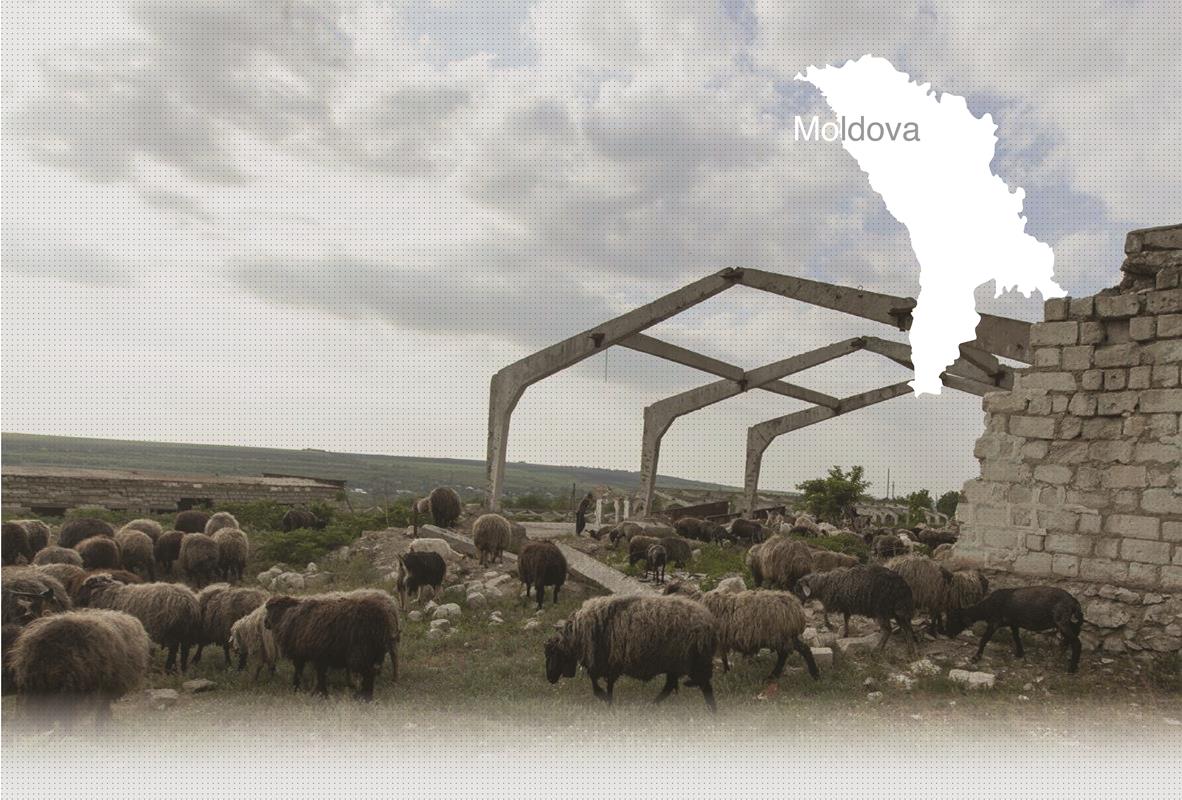

1 Killing site(s)
Ivan G., born in 1923, remembers: “There was the construction of the road that led to Olanesti. So everyone who had carts was requisitioned for two weeks to transport the stones. My father was ordered by the Primaria to go with his cart but he couldn’t go, so I went in his place. So I had to bring stones from the stone quarry, located close to the village of Aleksandorvka. When I got there, I saw Jews working in the quarry. As I knew after talking to them, they were Romanian Jews who were requisitioned by Romanians to smash the stones. They worked in inhuman conditions, completely exhausted. It was in winter. They were barely dressed and instead of boots, they had wrapped fabric on their feet.” (Eyewitness N° 149, interviewed in Căuşeni on August 22, 2013)
Căuşeni is a small town in eastern Moldova, located about 85km southeast of Chisinau. Evidence shows that Jews first settled in Căuşeni in 18th century. By 1817, 53 Jewish families lived in Căuşeni. Due to large immigration waves, the community increased to up to 80 families in the 19th century. There were many farmers and artisans among the Jews. Aside from agriculture, many Jews were involved in small business and trade. According to the 1930 census, about 35% of the population was Jewish (1.872 Jews lived in the town). There were 5 synagogues before the war. In 1940, the town was first occupied by the Soviets and then in the summer of 1941 by the Germans.
Before the war started, many Jews managed to evacuate to the east with the help of the Soviet authorities. The town was occupied in early July 1941. Those who stayed, mainly disabled and elderly Jews, were shot in July or August 1941, in the mass grave located close to the river. According to some sources, about 120 Jews were shot. One of the witnesses interviewed by Yahad saw the shooting of a group of 15. The Aktion was conducted by German gendarmes with the help of Romanian soldiers.
Do you have additional information regarding a village that you would like to share with Yahad ?
Please contact us at contact@yahadinunum.org
or by calling Yahad – In Unum at +33 (0) 1 53 20 13 17